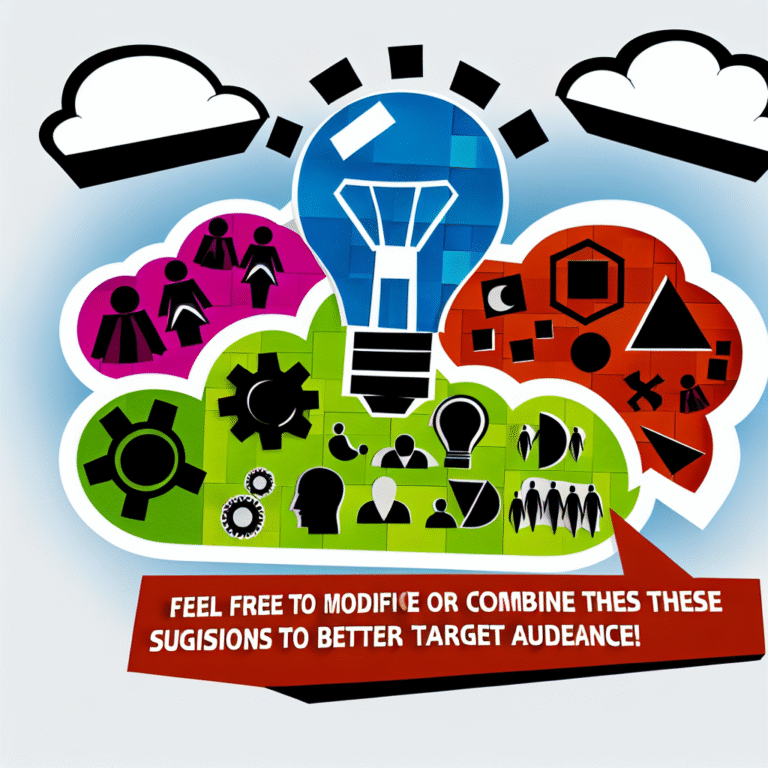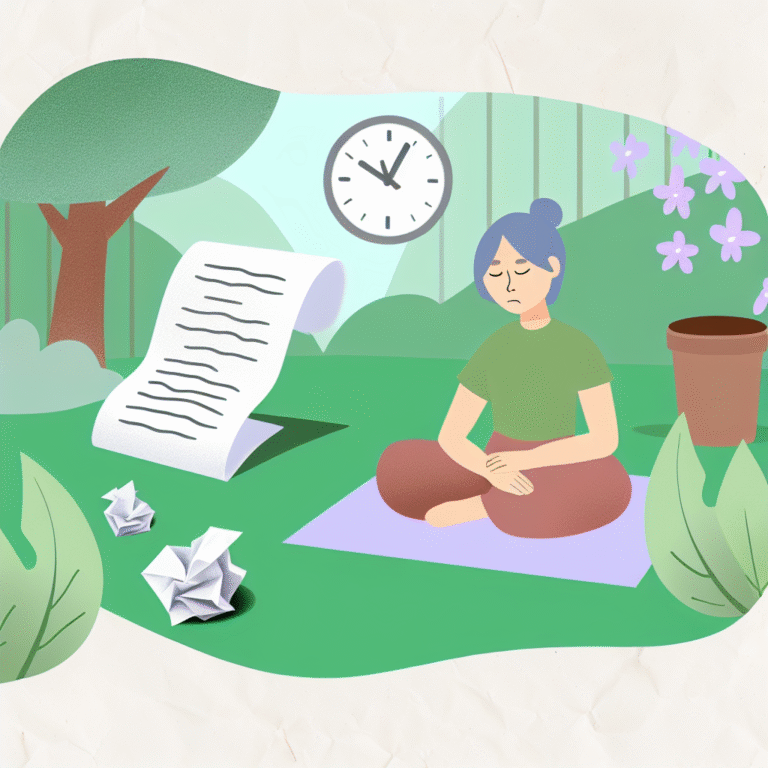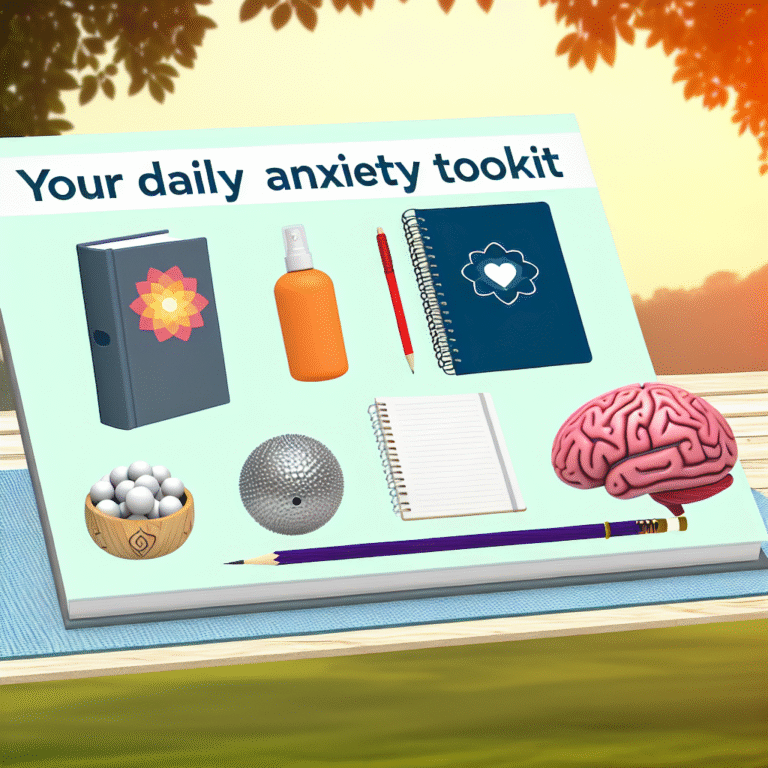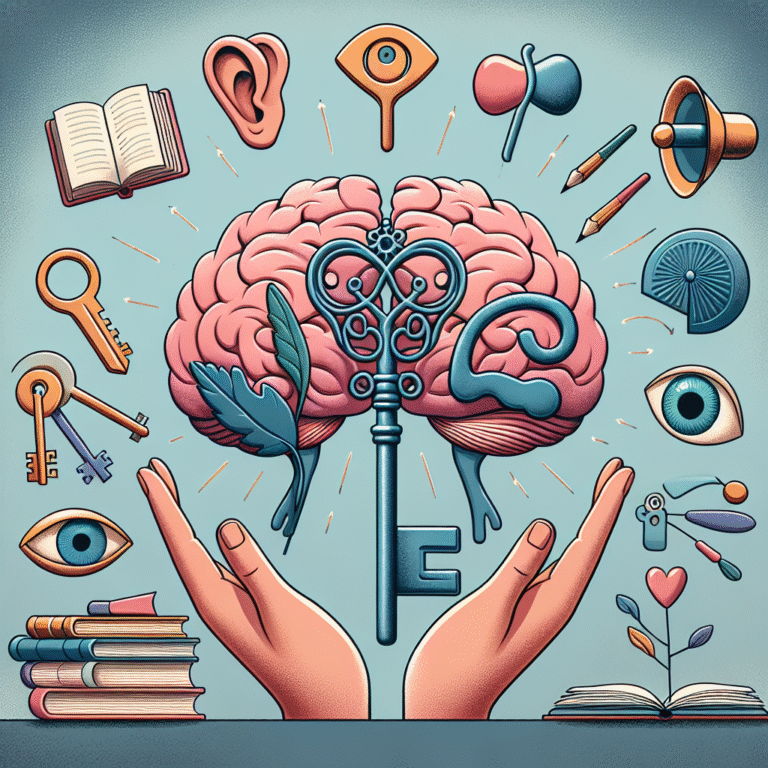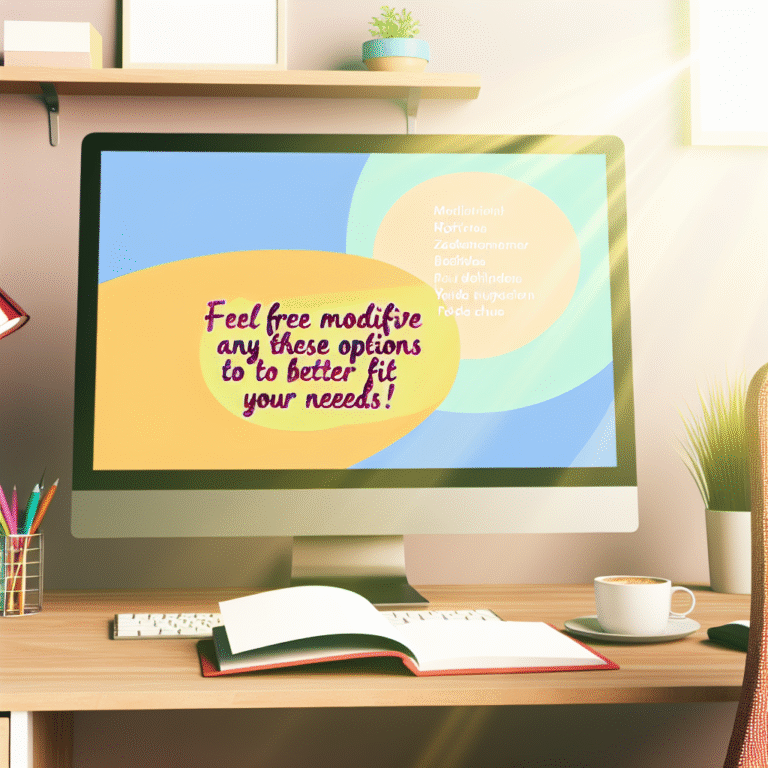
Breathe Easy: Your Ultimate Guide to Managing Daily Anxiety
Introduction
In an age where the stakes seem higher than ever, anxiety is an ever-present companion for many. Whether triggered by the pressures of work, social expectations, or personal challenges, the prevalence of anxiety is undeniable. This reality makes "Breathe Easy: Your Guide to Managing Daily Anxiety" not just a helpful toolkit, but a vital resource for achieving peace of mind and emotional well-being in our fast-paced world. Understanding how to manage daily anxiety can empower you to lead a fulfilling life—one where your mental health doesn’t hinder your happiness.
Anxiety isn’t merely a state of mind; it affects your physical health, relationships, and overall quality of life. Fortunately, you don’t have to navigate this labyrinth alone. In this guide, we’ll explore practical strategies and techniques to help you breathe easy, reduce anxiety, and cultivate a rich, rewarding life. Each section will not only provide actionable insights but will also feature real-world case studies to illustrate how these strategies can lead to genuine transformation.
Let’s embark on this journey towards calmness and clarity together!
Understanding Anxiety: The First Step Toward Management
What is Anxiety?
Anxiety is a natural response to stress, manifesting as feelings of worry, fear, or apprehension. While occasional anxiety is normal, chronic anxiety can adversely affect your daily life, leading to a plethora of physical and emotional symptoms, including fatigue, irritability, and even panic attacks.
The Science Behind Anxiety
Understanding the physiological basis for anxiety can demystify its uncomfortable sensations. Anxiety triggers the body’s "fight or flight" response, leading to elevated heart rates, heightened alertness, and the release of adrenaline. This response was evolutionarily advantageous but is less beneficial in the context of modern life.
Case Study: Emma’s Journey
Emma, a 32-year-old marketing executive, faced immense pressure at work, leading to persistent anxiety. By educating herself about anxiety’s physiological effects and utilizing calming techniques, she successfully reduced her anxiety levels. This illustrates that awareness is the first step in learning to manage your emotions.
Breathe Easy: Essential Techniques for Managing Daily Anxiety
1. Breathing Exercises
Deep Breathing Techniques
One of the most effective ways to mitigate anxiety is through focused breathing exercises. Techniques like diaphragmatic breathing or the 4-7-8 method can ground you in the present moment and reduce stress levels.
| Technique | Steps | Benefits |
|---|---|---|
| Diaphragmatic | Sit or lie down, inhale deeply through your nose, expand your belly, and exhale slowly through your mouth. | Reduces heart rate, decreases blood pressure. |
| 4-7-8 Method | Inhale for 4 seconds, hold for 7 seconds, and exhale for 8 seconds. | Promotes relaxation and sleepiness. |
Case Study: Mark’s Transformation
Mark, a financial analyst, struggled with anxiety during busy seasons at work. By adopting deep breathing techniques, he found that he could enter stressful meetings with increased calm and focus. His story underscores the importance of breathing exercises in managing anxiety.
2. Mindfulness and Meditation
Practicing Mindfulness
Mindfulness involves maintaining a moment-by-moment awareness of our thoughts, feelings, and surroundings. It teaches acceptance of your current state without judgment.
Meditation Techniques
- Guided Visualization: Imagine a peaceful scene or place, focusing on the details.
- Body Scan: Bring awareness to different parts of your body, noticing any tension.
Case Study: Sarah’s Mindful Moment
Sarah, a busy mom, integrated 10 minutes of daily meditation into her routine. Over time, she noticed significant changes in her anxiety levels and was able to respond to stressful situations more calmly.
Building a Support Network
3. Social Connections
The Role of Family and Friends
Having a solid support system can significantly alleviate anxiety. Regular social interactions can improve your mood and provide comfort.
4. Professional Help
Therapy and Counseling
For many, talking to a professional can offer invaluable insights and coping mechanisms to manage anxiety effectively.
Case Study: Tom’s Support System
Tom, a college student, was struggling with anxiety around exams. By reaching out to his friends and seeking therapy, he learned coping strategies and found relief through shared experiences. This illustrates how both professional guidance and personal connections can help.
Lifestyle Adjustments
5. Nutrition and Exercise
The Connection Between Diet and Mood
Nutritional choices can impact mental health. Incorporating balanced meals rich in omega-3 fatty acids, antioxidants, and vitamins can help stabilize emotions.
Importance of Physical Activity
Regular exercise promotes the release of endorphins, which naturally reduce anxiety.
Case Study: Julie’s Balanced Life
Julie, an office worker, revamped her diet and developed a consistent exercise routine. She reported a noticeable reduction in her anxiety levels, highlighting the importance of a healthy lifestyle in managing mental health.
Tips for Sustainable Lifestyle Changes
- Set realistic dietary goals.
- Incorporate short walks into your day.
- Choose an activity you love to make exercise enjoyable.
Creating a Relaxing Environment
6. Your Space Matters
The physical environment can play a significant role in mental well-being. Consider decluttering your space, using soothing colors, and incorporating plants to create a calming atmosphere.
Case Study: Chris’s Sanctuary
Chris transformed his small apartment into a tranquil oasis by incorporating plants, soft lighting, and calming scents. This simple change helped him manage his daily anxiety.
Conclusion: Take the First Step Towards Breathing Easy
As you journey through managing your daily anxiety, remember that the road to emotional well-being is a marathon, not a sprint. Use the techniques outlined in "Breathe Easy: Your Guide to Managing Daily Anxiety" to create a personalized strategy that suits your lifestyle and needs. Whether it’s through breathing exercises, mindfulness, a supportive network, or lifestyle shifts, actionable insights await you at every turn.
Your mental health matters. By applying these proven strategies, you can breathe easy, reduce anxiety, and lead a fulfilling life. The most crucial step is just beginning.
FAQs
1. What is the best breathing technique for immediate relief from anxiety?
Diaphragmatic breathing is often considered the most effective for immediate relief, as it activates the body’s relaxation response.
2. How long should I practice mindfulness to see results?
Even a few minutes daily can reap benefits; however, consistency is key. Aim for at least 10 minutes per session for impactful results.
3. When should I seek professional help for anxiety?
If your anxiety interferes with daily life, such as affecting work, relationships, or overall well-being, it’s time to consult a professional.
4. Can I manage anxiety without medication?
Absolutely. Many people successfully manage anxiety through techniques like deep breathing, mindfulness, exercise, and therapy.
5. How can I create a calming environment at home?
Consider decluttering, using soft colors, adding calming scents (like lavender), and incorporating plants to create a soothing atmosphere.
In summary, understanding the essence of anxiety and effective management strategies will empower you to reclaim control over your life. Remember, you are not alone; embrace the journey of self-discovery and transformation. Breathe easy, and take that first step today!



